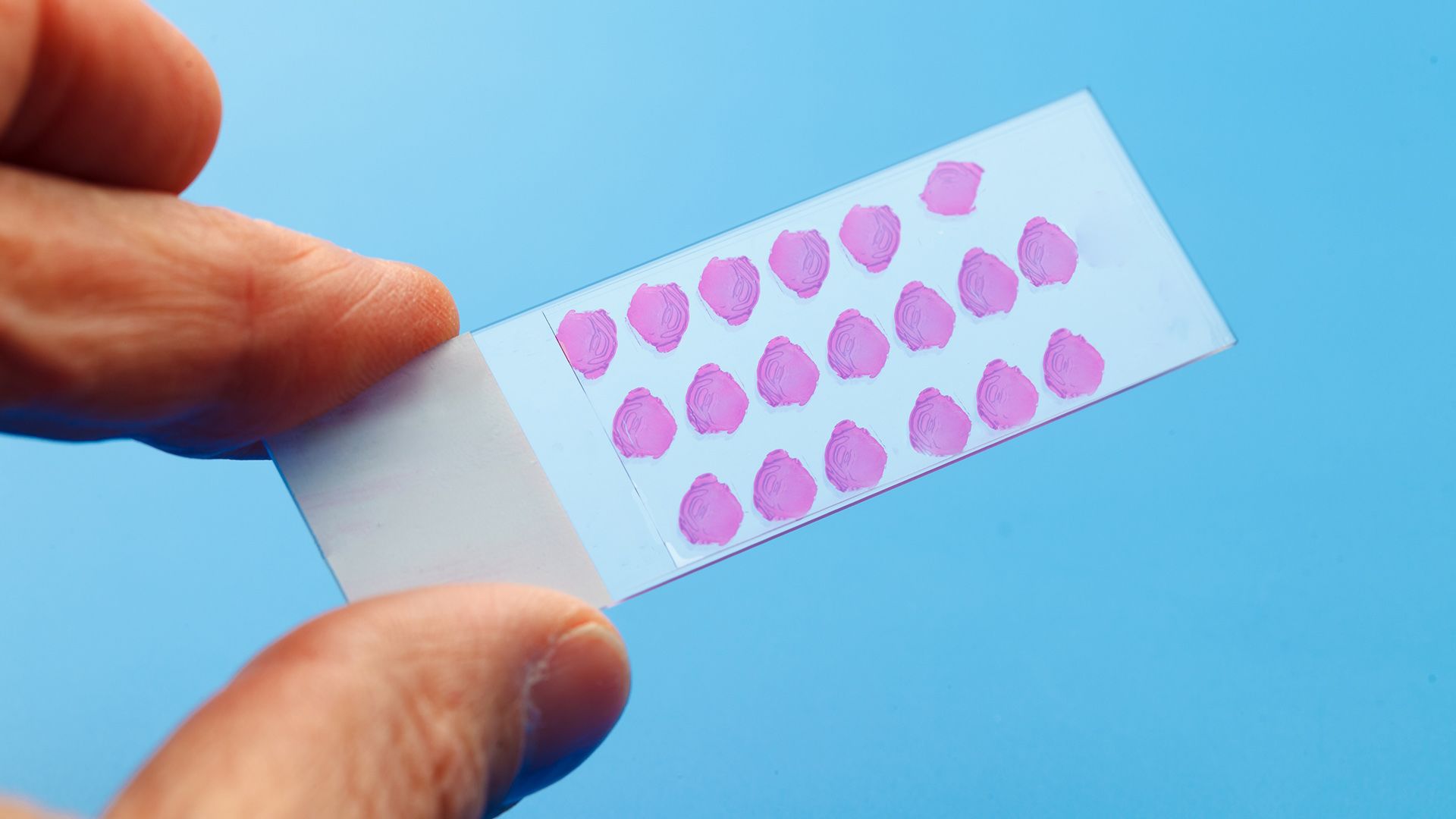Updated on October 22, 2024
How is immunotherapy administered and what are the side effects? Get answers to these questions and more in this video, with Jennifer Caudle, DO.

Transcript
LISA: Hi there, Dr. Caudle. My doctor thinks immunotherapy might be the best to treat non-small-cell lung cancer.
What can I expect in terms of treatment? How is it administered? Are there any side effects?
Hey, Lisa, those are really awesome questions. You know, everyone wants to know what if any side effects might occur during treatment.
And it's so great to be proactive. So thanks for asking.
There are several types of immunotherapy. And they're given in different ways. Depending on the type of therapy you'll be receiving, it may be delivered intravenously,
using an IV, or orally in a pill or a capsule. Typically, immunotherapy is administered in your doctor's
office or an outpatient clinic.
In general, immunotherapy may cause reactions on the skin at the needle site if it's delivered intravenously.
Things like pain, or swelling, even soreness, redness, or a rash might occur. Some may experience what's called an infusion
reaction to immunotherapy. This can include fever, chills, itchy skin, feelings of dizziness, and trouble breathing.
If you have any of these symptoms, it's important to tell your doctor or nurse right away. This is not an exhaustive list of potential side effects.
So make sure you talk to your doctor about any changes you notice or side effects you think may be a result of the immunotherapy.




